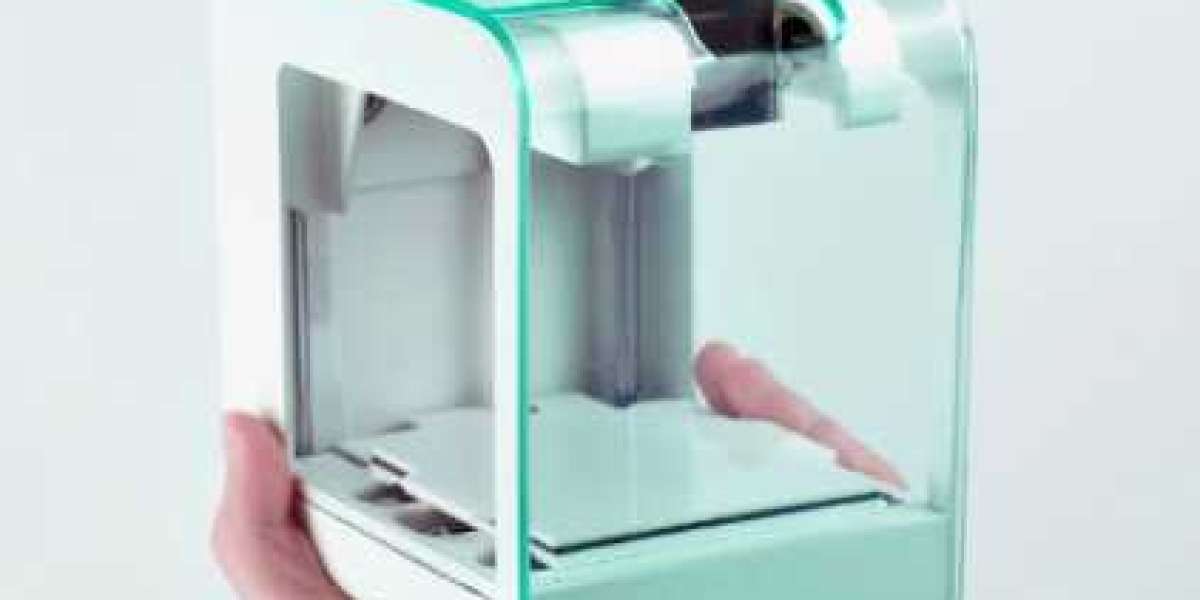However, one critical factor to ensure optimal performance and longevity of these machines is heat dissipation. Effective heat management is essential for preventing overheating, ensuring consistent print quality, and protecting the printer’s components from damage. This article will explore key strategies for optimizing heat dissipation settings in core XY 3D printer.
Understanding the Heat Challenges in Core XY Printers
The core XY design relies on a belt-driven system, which is lighter and more efficient than traditional Cartesian models. However, the high-speed motion and precision demanded by these systems generate substantial heat, especially around the stepper motors, hotend, and heated bed. Excessive heat can lead to component wear, decreased print accuracy, and even thermal shutdowns. To prevent these issues, careful attention must be given to heat dissipation strategies and settings.
Cooling the Stepper Motors
The stepper motors in a core XY printer are responsible for moving the printhead and heated bed along the X, Y, and Z axes. During extended prints, stepper motors can overheat, leading to missed steps or print failures. One effective way to optimize heat dissipation for stepper motors is by using active cooling solutions such as heatsinks and cooling fans.
Heatsinks: Attaching heatsinks to the stepper motors helps to passively dissipate heat. These small metal components increase the surface area for heat transfer, allowing the motors to run cooler during long print sessions.
Cooling Fans: In addition to heatsinks, installing cooling fans around the stepper motors can provide active airflow, which further reduces the temperature. When installing fans, ensure that they are positioned to direct airflow evenly across all motors to avoid hot spots.
Managing Hotend Temperature
The hotend, responsible for melting and extruding filament, is another critical area where heat dissipation needs optimization. Overheating the hotend can result in filament jams, stringing, or poor print quality. One of the most effective ways to manage hotend temperature is by fine-tuning the cooling fan settings.
Part Cooling Fan: Ensure that the part cooling fan is properly configured to deliver consistent airflow to the extruded filament, helping it cool and solidify quickly. Adjust the fan speed to match the filament material and layer height to prevent warping or stringing.
Hotend Fan: The hotend typically comes with a dedicated cooling fan to prevent the heat from traveling up the heat break and affecting the filament feed. Keep this fan running continuously during printing to maintain stable hotend temperatures.
Heated Bed Heat Management
The heated bed ensures good adhesion of the first layer, but improper temperature settings can lead to warping or inconsistent layer bonding. To optimize heat dissipation for the heated bed:
Temperature Settings: Calibrate the bed temperature based on the filament type. PLA typically requires around 60°C, while ABS needs a higher temperature of around 100°C. Ensure that the bed temperature is not excessively high, as this can overheat the entire build plate area and affect print quality.
Insulation: Consider adding insulation to the underside of the heated bed. This helps to retain heat where it’s needed, reducing the workload on the bed’s heating element and allowing for more stable and efficient heat distribution.
Improving Enclosure Ventilation
For core XY printers housed in enclosures, proper ventilation is essential for heat dissipation. Without adequate airflow, heat can build up inside the enclosure, leading to issues like thermal runaway or print defects. Ensure that the enclosure has well-placed exhaust vents and consider installing exhaust fans to remove excess heat efficiently.
Conclusion
Optimizing heat dissipation settings in core XY 3D printers is crucial for maintaining high performance and prolonging the life of the printer. By incorporating active cooling solutions for stepper motors, fine-tuning hotend and heated bed settings, and ensuring proper ventilation, users can achieve consistent print quality and prevent overheating. Careful attention to these factors will not only improve your printer’s reliability but also enhance the overall 3D printing experience.








